Over the decades, car maintenance intervals have evolved significantly due to advancements in automotive technology, changing consumer expectations, and environmental considerations. Key factors have influenced these changes, impacting vehicle maintenance routines. By understanding these shifts, car owners can better appreciate the current recommendations and make informed decisions about their vehicle care.
The Early Days of Car Maintenance
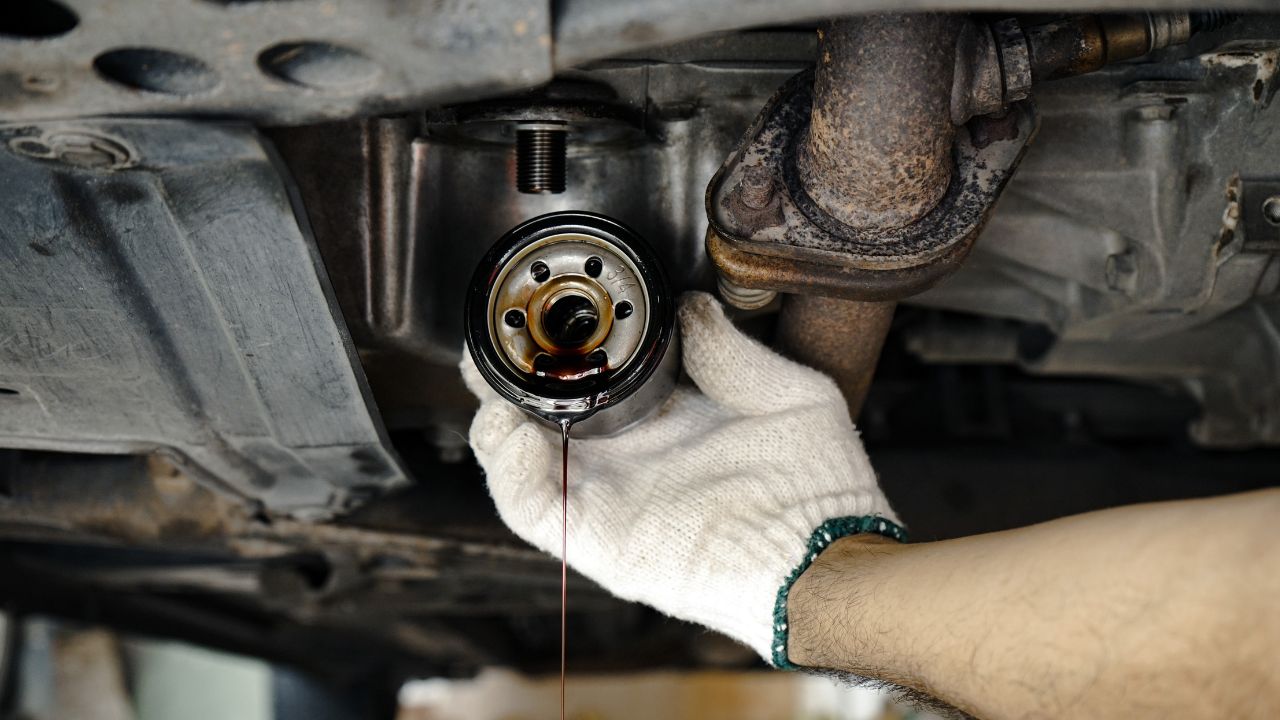
In the early days of the automobile, frequent oil changes were a necessity. Cars were equipped with less efficient engines, which tended to produce more contaminants and degrade oil quality quickly. As a result, oil changes were often recommended every 1,000 to 2,000 miles, a stark contrast to today’s standards. This frequent maintenance task was crucial for keeping engines running smoothly and avoiding costly repairs.
Early car designs were mechanically simple, allowing owners to perform most maintenance tasks themselves. With fewer components and straightforward systems, car owners could easily learn the basics of vehicle upkeep. Tasks such as replacing spark plugs, adjusting carburetors, and tightening belts were common and often carried out in home garages. However, this simplicity came with a downside: the lack of standardized maintenance schedules. Without a universal guide, car owners often relied on word of mouth or trial and error, leading to varied practices and sometimes suboptimal care.
Technological Advances and Their Impact
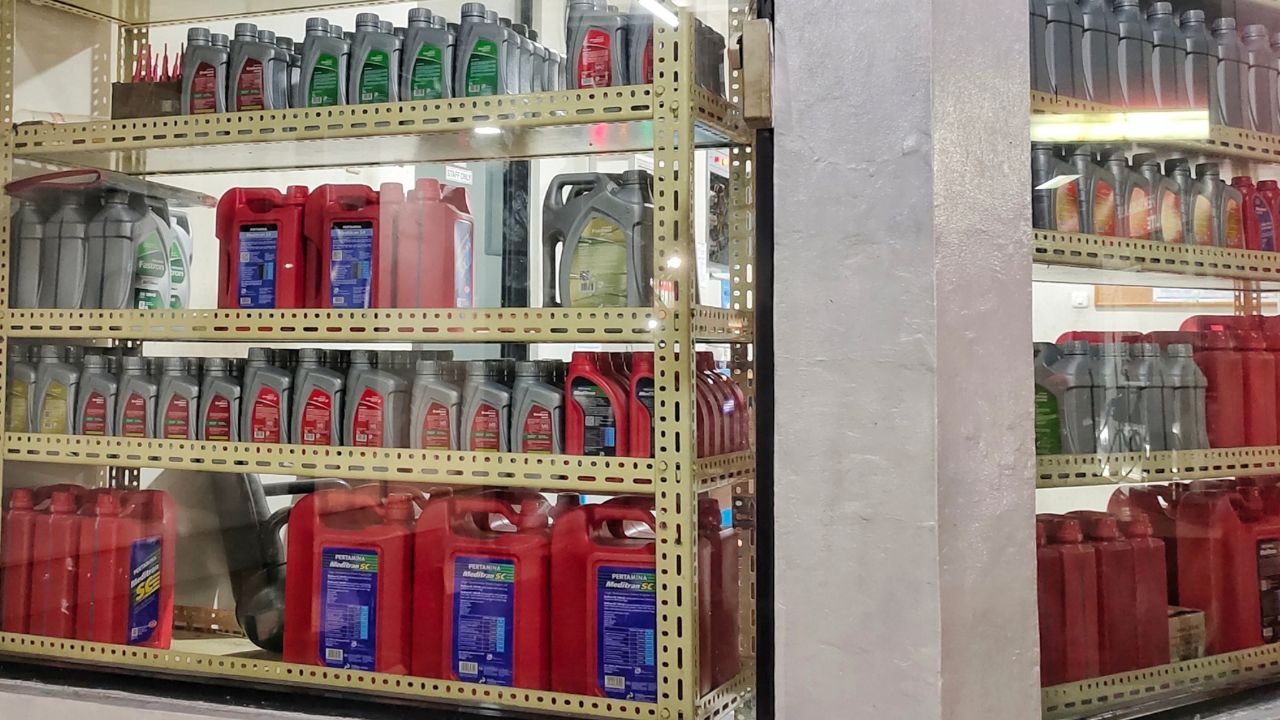
The introduction of synthetic oils marked a significant turning point in car maintenance. Unlike conventional oils, synthetic oils are engineered to withstand higher temperatures and resist breakdown, allowing for extended oil change intervals. Modern vehicles can now often go 7,500 to 10,000 miles between oil changes, or even longer for some models. This advancement not only improves engine performance but also reduces maintenance frequency, saving time and resources.
Electronic monitoring systems have revolutionized the way car maintenance is conducted. Onboard diagnostics systems provide real-time alerts and insights into a vehicle’s condition, allowing owners to address issues promptly before they escalate. For instance, systems like General Motors’ OnStar or BMW’s Condition Based Service (CBS) notify drivers of necessary servicing, ensuring timely interventions and preventing potential breakdowns.
Advancements in materials and engineering have also contributed to more durable car components. For example, modern spark plugs are designed to last up to 100,000 miles, compared to the 10,000 to 20,000 miles typical of older models. Similarly, the use of corrosion-resistant materials and improved manufacturing techniques means parts like exhaust systems and suspension components last longer, further extending maintenance intervals.
Environmental and Economic Influences
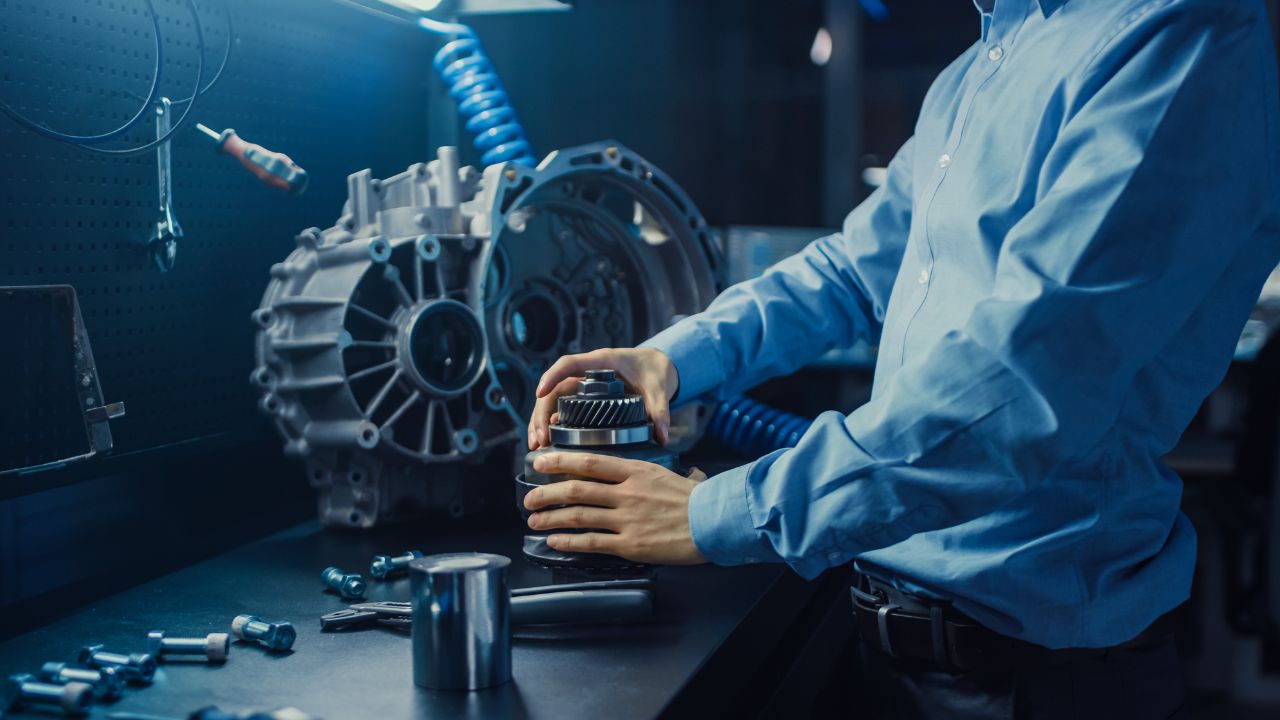
Stricter emissions standards have had a profound impact on car maintenance schedules. Regulations such as the Euro 6 standards in Europe and the Corporate Average Fuel Economy (CAFE) standards in the United States have pushed manufacturers to develop more efficient engines and emissions control systems. These advancements require precise maintenance to ensure compliance and optimal performance, often resulting in revised service intervals.
Economic factors also play a significant role in shaping maintenance practices. As the cost of car ownership and repairs has risen, manufacturers and consumers alike have sought ways to reduce expenses. Longer maintenance intervals help in lowering the overall cost of vehicle ownership, making car care more affordable for many.
The rise of eco-friendly practices has further influenced maintenance routines. Car owners are increasingly mindful of sustainability, seeking ways to minimize waste and reduce their environmental footprint. Practices such as recycling used oil and parts, as well as choosing eco-friendly products, are becoming commonplace. This shift towards sustainable maintenance aligns with broader environmental goals and reflects changing consumer values.
The Role of Manufacturers and Service Providers

Manufacturer recommendations have evolved significantly over the years. Today, most manufacturers provide detailed maintenance schedules that are tailored to specific vehicle models and driving conditions. These recommendations often include extended service intervals, reflecting advancements in technology and materials. For example, Toyota’s maintenance schedule for their hybrid models often suggests oil changes every 10,000 miles, a testament to the durability and efficiency of modern engines.
Service providers, including dealerships and independent service centers, have adapted to these longer intervals by offering comprehensive maintenance packages and diagnostic services. These changes have impacted their business models, prompting a shift towards value-added services and customer education. For instance, many service centers now offer maintenance reminders via apps and email, ensuring customers remain informed about their vehicle’s needs.
Consumer education is crucial in this evolving landscape. As maintenance intervals lengthen, it’s essential for car owners to understand the rationale behind these changes and the best practices for vehicle care. Resources such as manufacturer’s websites, automotive forums, and service center workshops provide valuable information, helping consumers make informed decisions about their car maintenance.
Looking to the Future
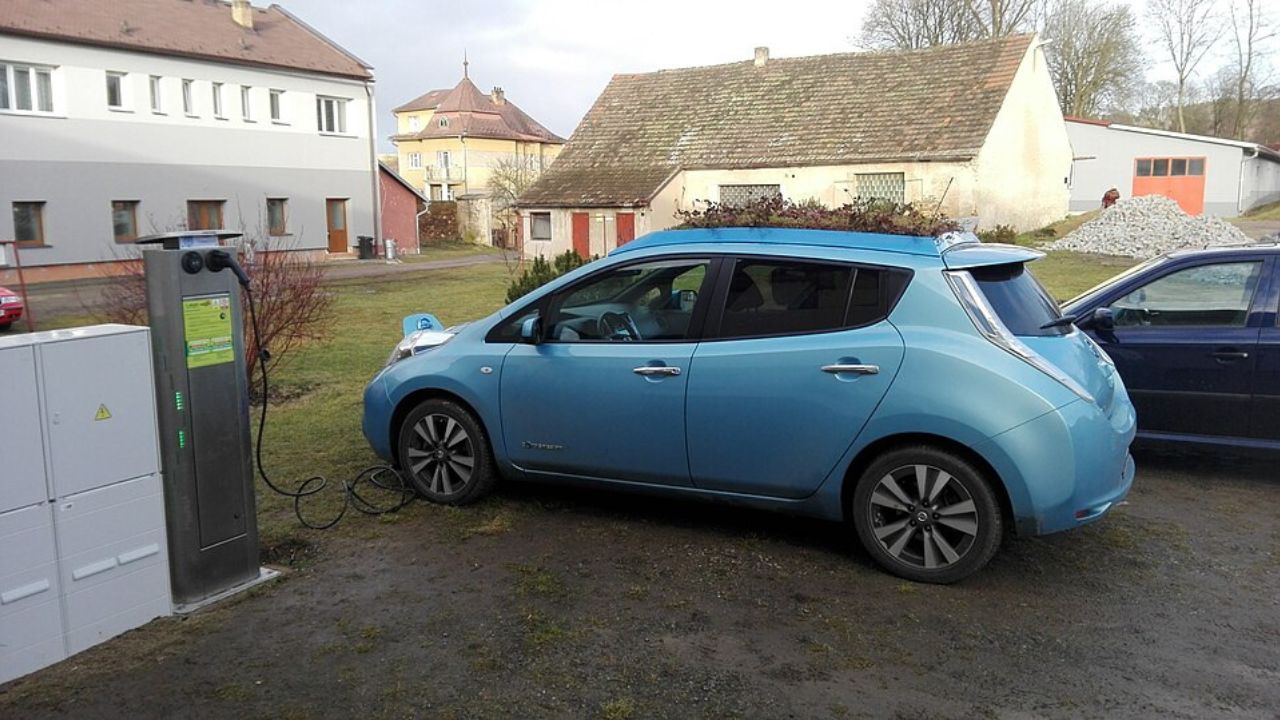
The rise of electric vehicles (EVs) is poised to further change maintenance intervals and the nature of service tasks. EVs typically have fewer moving parts than conventional internal combustion engine vehicles, resulting in reduced maintenance requirements. For instance, Tesla recommends an annual service check but emphasizes that traditional services such as oil changes are unnecessary. As EV adoption grows, maintenance routines will undoubtedly evolve to accommodate these new technologies.
Innovations in predictive maintenance are another area of significant potential. Advances in AI and machine learning are enabling more accurate forecasting of maintenance needs, allowing issues to be addressed before they become serious problems. Technologies like Bosch’s predictive maintenance solutions use data from sensors and diagnostics to anticipate service needs, minimizing downtime and enhancing vehicle reliability.
The future of DIY car maintenance is also promising, as emerging technologies and tools empower car owners to take an active role in maintaining their vehicles. With the proliferation of online tutorials, diagnostic apps, and user-friendly tools, car owners can perform basic maintenance tasks with greater ease and confidence. This trend not only reduces costs but also fosters a deeper understanding and connection with one’s vehicle.
Like Fast Lane Only’s content? Be sure to follow us.
Here’s more from us:
*Created with AI assistance and editor review.

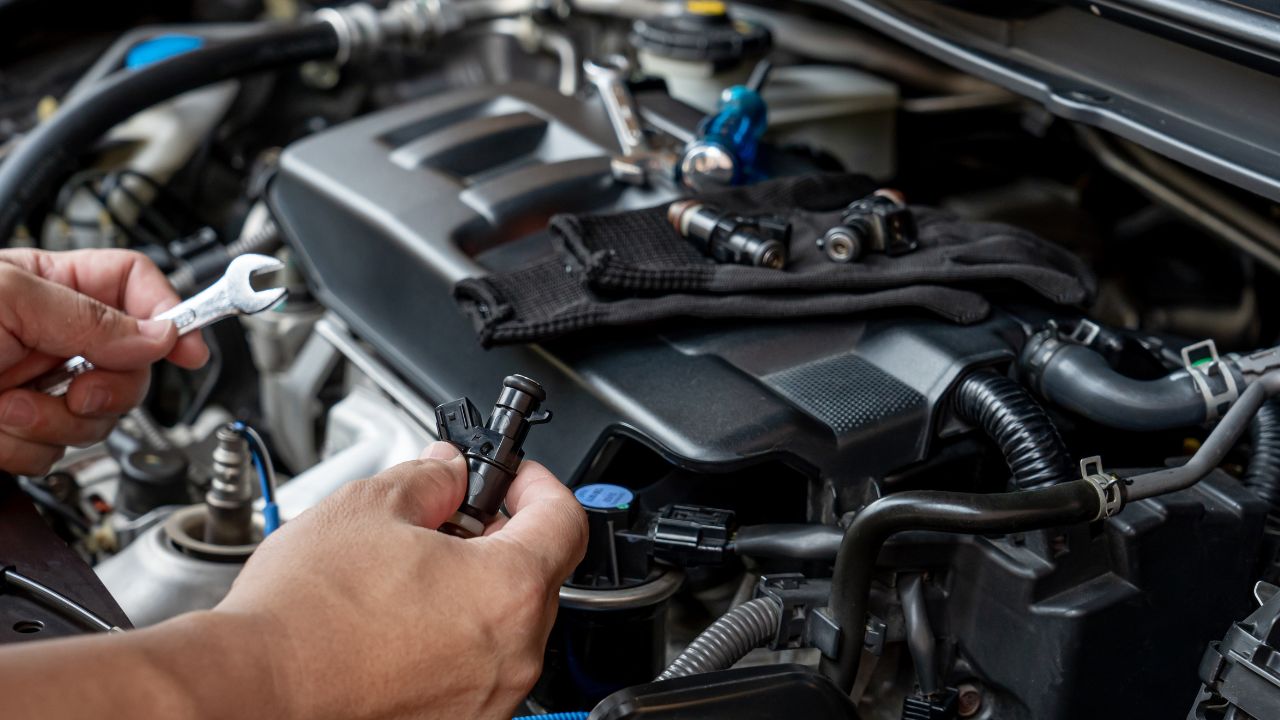




Leave a Reply